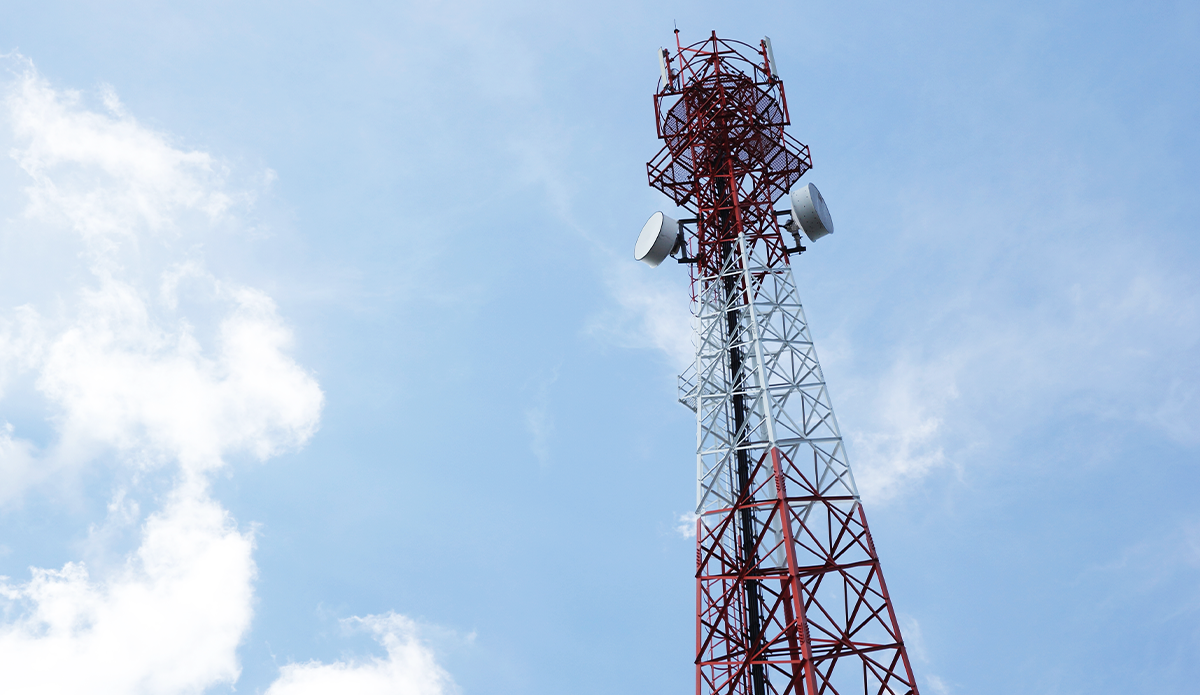Fibre VS ADSL Broadband
Which deal is right for your household – fibre or ADSL broadband?
The world of Internet connectivity is ever developing since lockdown, with many still opting to work from home.
One key question we should all consider is the choice between Asymmetric Digital Subscriber Line (ADSL broadband) and Fibre broadband; considering various aspects of performance, cost, and environmental impact.
What is ADSL Broadband?
ADSL relies on landline phone connections and has long been the go-to broadband option for households globally.
According to a 2022 Ofcom report, the average download speed for ADSL broadband stands at 12.6Mbps, a figure that can vary based on geographical location, with rural and urban disparities coming into play.
While ADSL holds its ground with advantages such as widespread availability and easy installation, it is not immune to challenges. One notable drawback is the potential for congestion on phone lines during peak hours.
As multiple users share the same line, it can lead to a reduction in broadband speeds, making it less than ideal for households with high data demands during busy periods – i.e. working from home or streaming Netflix after a long day.
What is Fibre Broadband?
Fibre broadband, a technological leap that has gained momentum as phone lines become less essential in the era of mobile phones.
Fibre offers a range of benefits that address the limitations of ADSL. Its significantly faster internet speeds provide a remedy to congestion issues faced by ADSL users.
Moreover, Fibre’s use of silicon dioxide in optic cables makes it a more sustainable and environmentally friendly solution compared to the copper wires used in ADSL.
How are the Two Types of Broadband Different?
Essentially both options do the same thing with the main difference being in the technology underpinnings. ADSL relies on copper wires, a technology that has been in use for decades.
In contrast, Fibre broadband utilises fibre optic cables, either from street cabinets or directly to homes, ushering in a new era of connectivity that promises faster and more reliable internet.
Fibre VS ADSL – Which One Do I Need?
The burning question on many minds is, “Which option is more cost-effective?”
While the initial costs of Fibre broadband, including installation, might seem higher, the long-term benefits make it a more economical choice. The faster and more reliable connection supports multiple devices seamlessly, ensuring uninterrupted broadband speed.
If a loss of internet would have a negative effect on your day-to-day or cause major interruptions to remote working/ smart home security settings, then we believe that fibre is worth every penny – even if just for peace of mind!
Additionally, choosing Fibre contributes to a greener energy output, aligning with the growing trend towards environmentally conscious choices.
Our Expert Broadband Opinion
Fibre broadband has emerged as the gold standard in internet connectivity, offering significant advantages over traditional ADSL technology. Here’s why we believe fibre broadband is the superior choice:
Blazing Fast Speeds:
Fibre broadband delivers unparalleled speed and reliability, offering lightning-fast download and upload speeds compared to ADSL. With fibre-optic cables capable of carrying vast amounts of data at incredible speeds, users can enjoy seamless streaming, gaming, and downloading without buffering or lag.
Consistent Performance:
Unlike ADSL broadband, which relies on copper telephone wires and is susceptible to signal degradation over long distances, fibre broadband provides consistent performance regardless of your proximity to the exchange. This means users can experience reliable connectivity and consistent speeds, even during peak usage times.
Future-Proof Technology:
As technology continues to evolve, fibre broadband represents a future-proof investment in connectivity. With the capacity to support emerging technologies like 4K streaming, virtual reality, and the Internet of Things (IoT), fibre broadband ensures that users remain at the forefront of digital innovation.
Symmetrical Upload and Download Speeds:
One of the key advantages of fibre broadband is its symmetrical upload and download speeds. Unlike ADSL, which typically offers slower upload speeds, fibre broadband provides equal bandwidth for both uploading and downloading data, making it ideal for activities like video conferencing, cloud storage, and online collaboration.
Enhanced Reliability:
Fibre-optic cables are less susceptible to interference from external factors like electromagnetic interference and inclement weather, resulting in enhanced reliability and uptime compared to ADSL. This increased resilience ensures that users can stay connected when they need it most, without interruptions or dropouts.
Keen to receive tailored broadband advice from our experts today?
Learn more and get in touch.
Find the Right Broadband Deal Today
While ADSL broadband remains a reliable and cost-effective option for many, Fibre broadband emerges as a forward-looking, high-performance solution that aligns with the increasing demands of modern connectivity.
In conclusion, the tussle between ADSL and Fibre broadband is not merely a battle of speed but a comprehensive evaluation of factors such as reliability, environmental impact, and long-term cost-effectiveness. As technology advances and becomes more integral to our daily lives, the shift towards Fibre broadband seems not only logical but also essential.
Embrace future-ready internet infrastructure that meets the demands of a digitally connected world.
What’s more, with our free deal finder tool and unbiased expert advice, it’s easier than ever to find an affordable fibre deal.








